-
Posts
1,558 -
Joined
-
Last visited
-
Days Won
8
Content Type
Profiles
Forums
Events
Store
Downloads
Gallery
Everything posted by BANGBANGSAN
-
That's the mark of 金城鑿岩機株式会社 (Kaneshiro Seizo KK), one of the subcontractors that made Type 30 bayonets. I mentioned it in another post. It's different from the encircled star 'K' mark on this sword. Here is more information about Army sword steel 刀剣鋼(陸軍). http://ohmura-study.net/241.html http://ohmura-study.net/206.html
-

1892 Type 25 survey assistance needed
BANGBANGSAN replied to John C's topic in Military Swords of Japan
Thomas I can't answer questions #1 and #3 until a few months later since the sword is in FL and not with me. It has the rivet and finger loop in the crossguard unfilled and has partial leather remaining. -

1892 Type 25 survey assistance needed
BANGBANGSAN replied to John C's topic in Military Swords of Japan
-
-

Lookng for "Japanese Pattern Dirks .The Banks Collection"
BANGBANGSAN replied to BANGBANGSAN's topic in Wanted to Buy
I see -

Lookng for "Japanese Pattern Dirks .The Banks Collection"
BANGBANGSAN replied to BANGBANGSAN's topic in Wanted to Buy
Thansk bro,I just want to check the entire book; it seems to have quite a few dirks in it. -
This is mark of 越前屋多崎商店 Echizen’ya Tazaki Shōten .
-
Appreciated your work ,Mal。It's always nice to chat with you!
-

Arsenal Mark on RJT sword Fittings
BANGBANGSAN replied to george trotter's topic in Military Swords of Japan
東神正茂 Tojin Masashige 。The implified version of "義" is 义 -

Arsenal Mark on RJT sword Fittings
BANGBANGSAN replied to george trotter's topic in Military Swords of Japan
-

Marking on TSUKAHARA KANETSUGU Kai-Gunto Seppa
BANGBANGSAN replied to tbonesullivan's topic in Military Swords of Japan
The meaning of the TEC mark is unknown,it should from some sword shop, it only appears on naval swords. Can you post more photo of the fitting ? -
Thanks for your hard work,Mal!
-
-

Help with a Partial Mei, Please
BANGBANGSAN replied to Bruce Pennington's topic in Translation Assistance
-

Help with a Partial Mei, Please
BANGBANGSAN replied to Bruce Pennington's topic in Translation Assistance
-

Arsenal Mark on RJT sword Fittings
BANGBANGSAN replied to george trotter's topic in Military Swords of Japan
-

Gunto blades - what was their standard shape?
BANGBANGSAN replied to Yukihiro's topic in Military Swords of Japan
Bruce The Kanemune you post is January 1944 NOT 1943.The steel scanbbard RS most likly starts from 1944-1945,maybe that's why some collector call it Type 44. -

Attention Mantetsu Owners: A Survey
BANGBANGSAN replied to Bruce Pennington's topic in Military Swords of Japan
-

Fun With My Late War Nco Gunto
BANGBANGSAN replied to Bruce Pennington's topic in Military Swords of Japan
The mark on the left of the number "2" is "関" (Seki). The wooden-handled Type 95 were using the "名" (Na) mark before the 205xxx serial number. -

Help identifying old family blade in Army mounts
BANGBANGSAN replied to Karatedave's topic in Military Swords of Japan
I would say this is a Chinese puppet army sword (伪军刀). Please check out the photos. The sword at the very bottom is an exhibit in the Military Museum in Beijing. The tag reads: 冀热察挺进军第三科科长贾顺林缴获的日伪军战刀 "A battle sword seized by Jia Shunlin, head of the Third Section of the Ji-Re-Cha Advance Army, from the Japanese puppet army." Notice that the metal parts of this puppet army sword are very similar to the one Dave posted. -
Thanks Bruce!
-







.thumb.jpg.a9b75b3eeb9de0730d19dfb8032cdf59.jpg)
.thumb.jpg.1b2a51c6d35871aea7a50858f5e5b250.jpg)

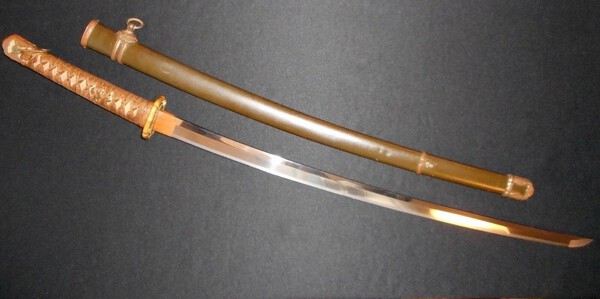


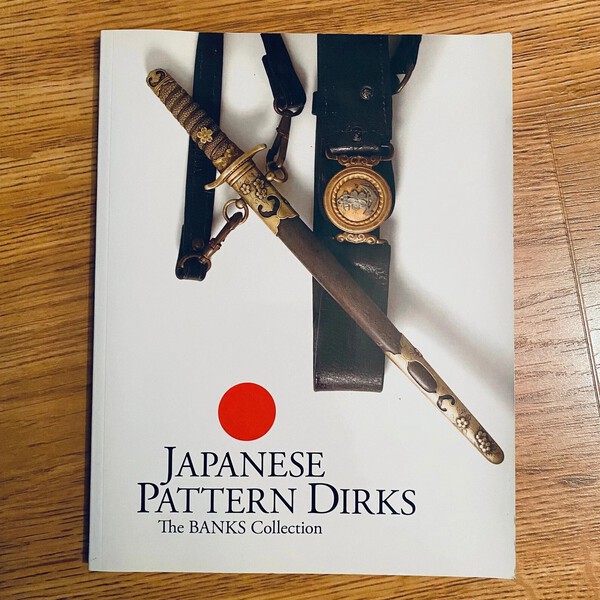




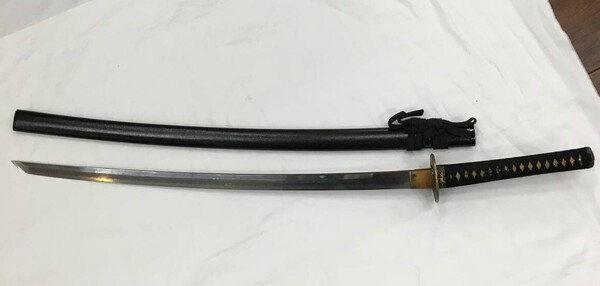

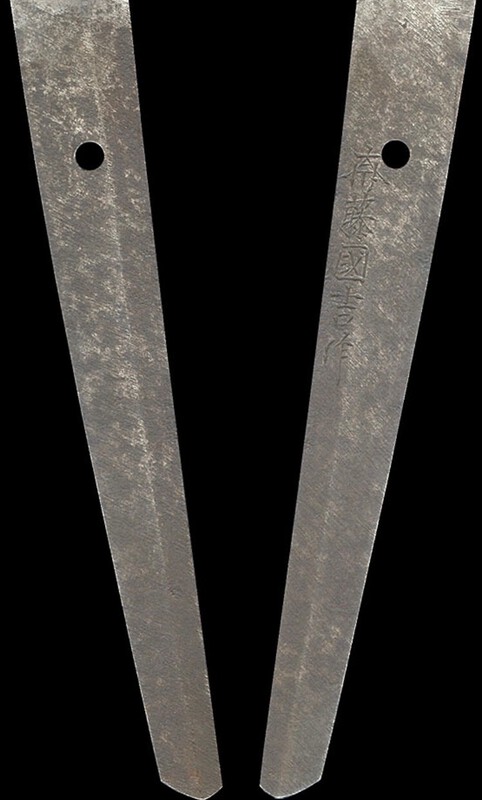



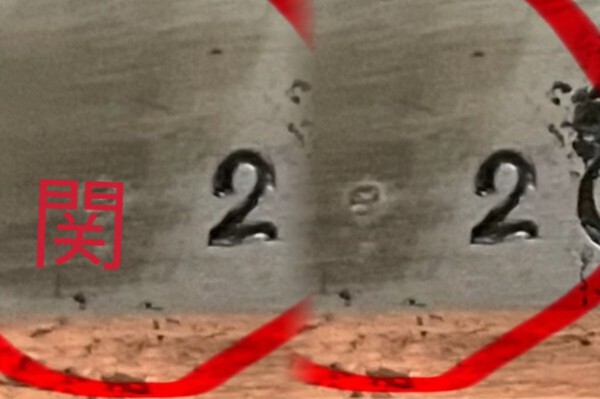
.thumb.jpg.518c5a9a92f9e4ef3f51ca2ea4a3fb5d.jpg)
.thumb.jpg.cf6863e859f185559309944b7cf311fa.jpg)
